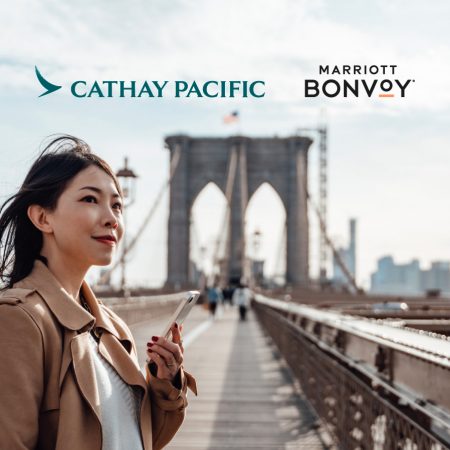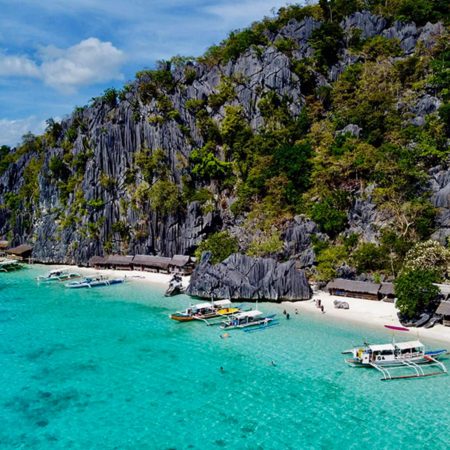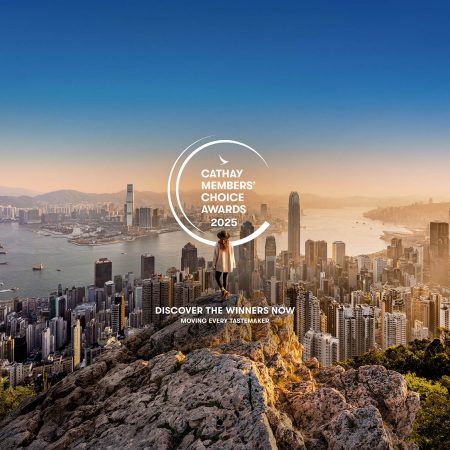Stay here: Japan's Shishi-Iwa House is a minimalist sanctuary
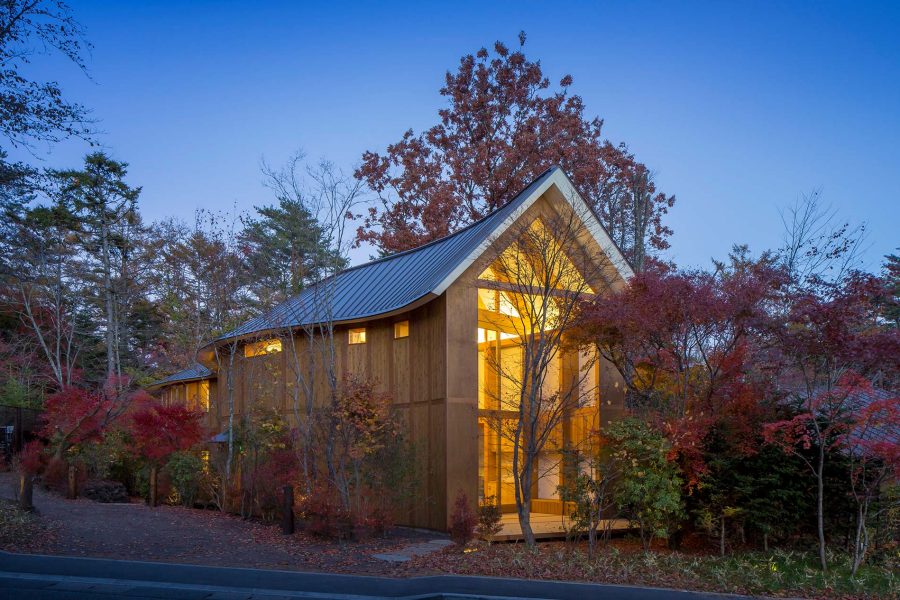
Wealthy Japanese families have traditionally decamped to the mountain resort town of Karuizawa – an hour’s train ride from Tokyo – for its lush forests and onsen (hot springs). Now there’s a hotel that celebrates those natural assets.
‘There were many beautiful trees at the site which I did not want to cut,’ says architect Shigeru Ban , explaining that he designed Shishi-Iwa House as a curved and narrow structure so that it could wend its way respectfully around 250 mature Japanese maple, cherry, larch and oak trees. Timber A-frames were sandwiched between prefabricated plywood panels, sections of which were assembled on site – the first time this construction system has been used for a hotel, according to Ban.
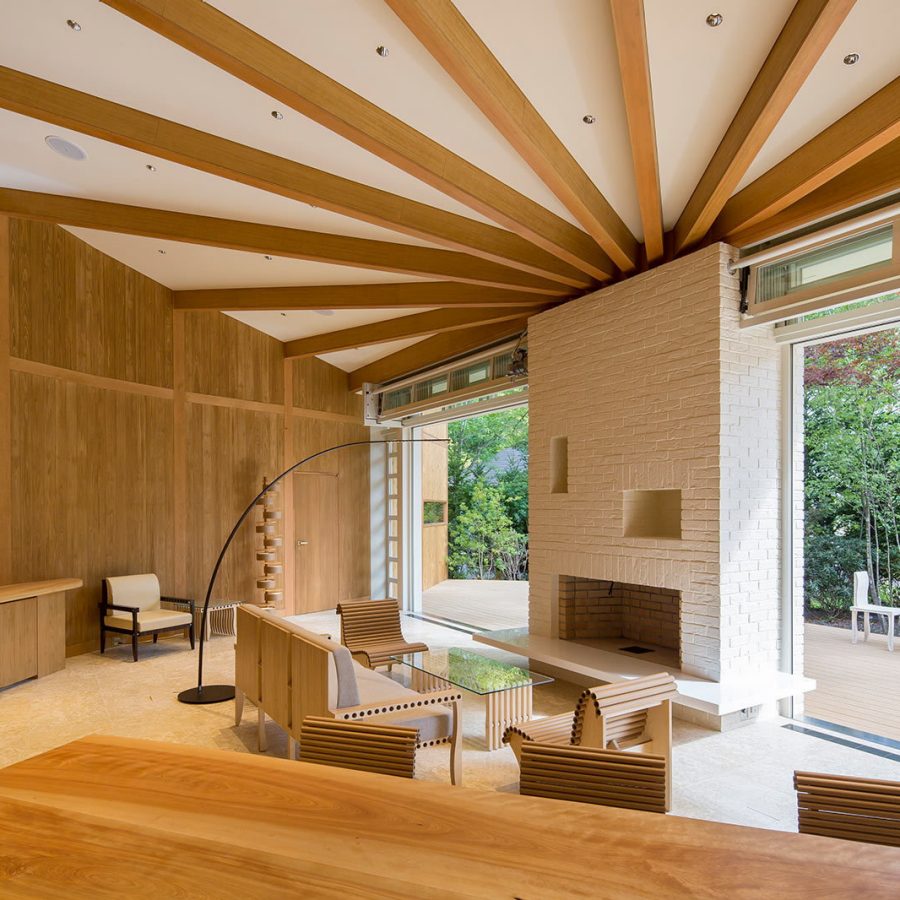
Guests enter massive glass doors into the reception, which wows with a cathedral-esque pitched roof and elevated gangway with shelves of rare whiskies and design tomes. The heart of the hotel is the Grand Room, a communal lounge and dining space flanked on one side by trees. It connects to rooms grouped in three clusters, each of which contains a kitchenette and lounge to encourage mingling. (Ground floor rooms open onto private gardens, while second-storey rooms feature private terraces with views of Mount Asama.)
Huy Hoang, CEO of HDH Capital Management, the Singapore-based investment firm behind Shishi-Iwa House’s development, points out that more than 50 percent of the hotel has been designated as common areas accessible to all guests, versus 10 to 20 percent in conventional hotels. ‘Luxury doesn’t mean the most expensive everything – it’s social hospitality, it’s room to be on your own,’ says Hoang.
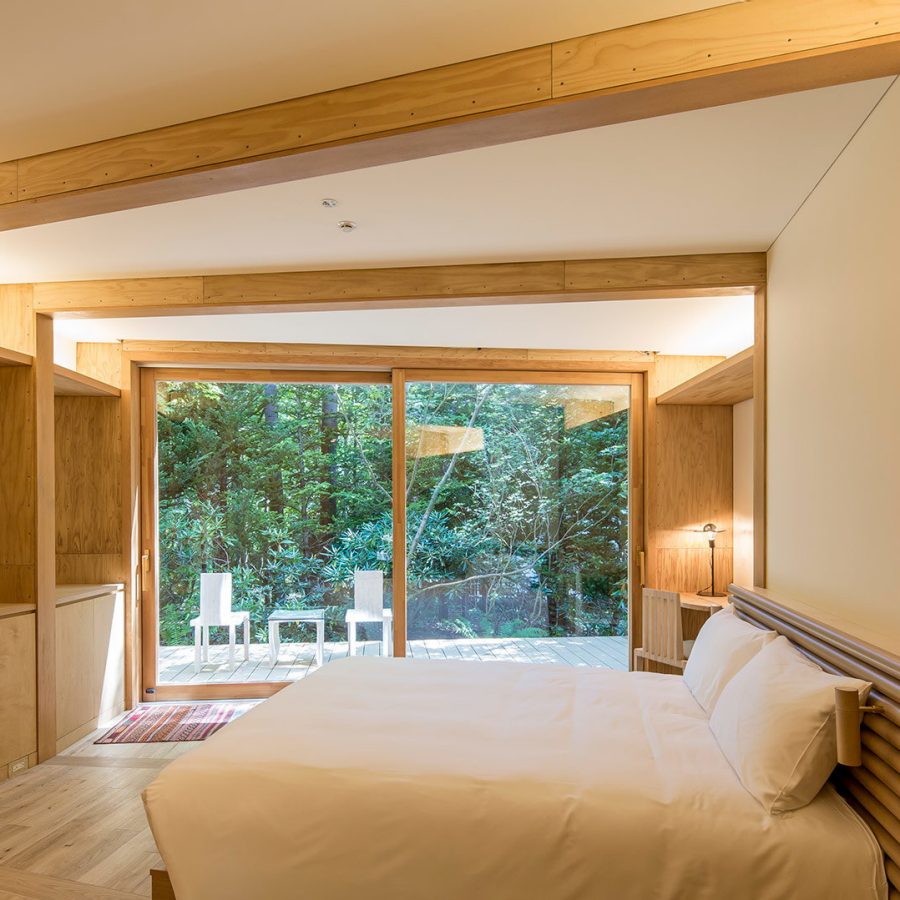
Ban answers the brief for democratised haute design by using basic materials such as plywood and his signature cardboard tubes in custom-designed headboards, bathroom caddies and in a variety of chairs. Neat rows of nails are visible; recycled plastic outdoor seating looks deliberately weathered; and wood panels are lightly stained, not painted. A multicoloured rug woven from century-old Iranian camel saddlebags punctuates the otherwise honey-toned palette.
Moving through the private and public spaces of Shishi-Iwa House presents a series of encounters a museum-worthy collection of post-war abstract and Gutai works by masters such as Jiro Yoshihara, Bernar Venet and Günther Förg. Design fans should also look out for a sculptural, Frank Lloyd Wright-inspired stacked lamp in the Grand Room and Alvar Aalto armchairs handpicked by Ban.
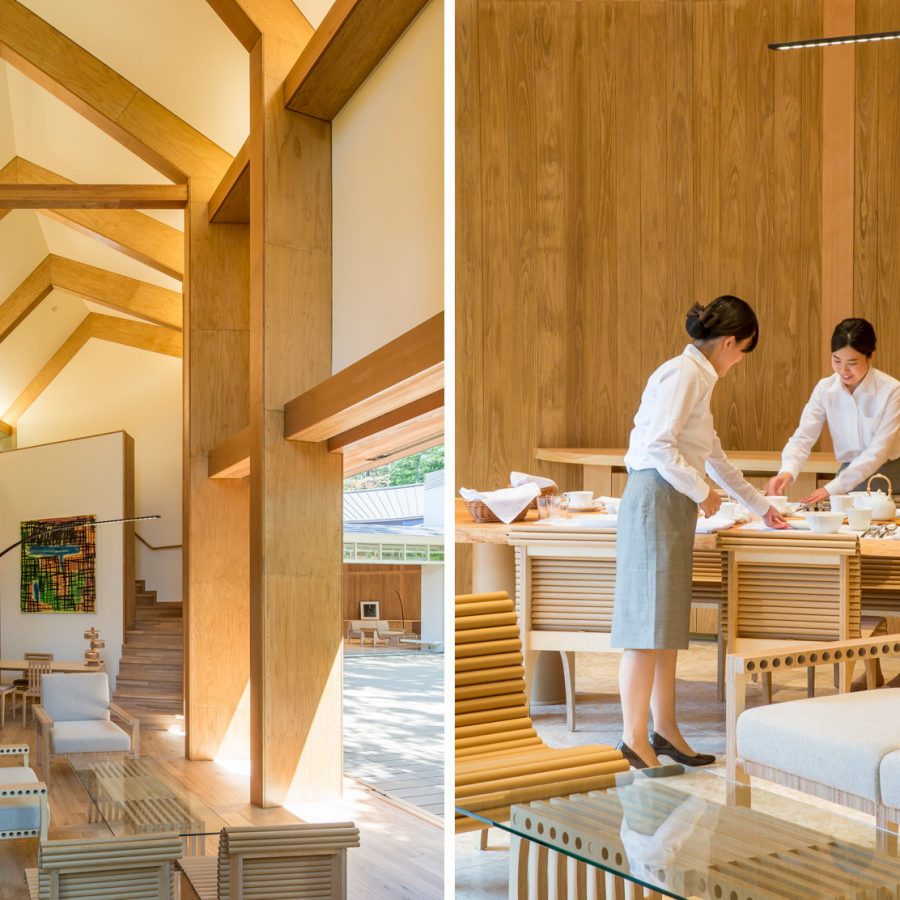
While the hotel doesn’t have an on-site spa or restaurant, guests are in close proximity to an onsen and several Japanese restaurants at Harunire Terrace or along main shopping thoroughfare, Karuizawa Ginza. The nearby Sezon Museum of Modern Art has a small but mighty collection of art from Andy Warhol, sculptor Alexander Calder and artist Isamu Noguchi.
Shishi-Iwa House at a Glance
The vibe
A Japanese ‘less is more’ approach from the master of minimalism, Shigeru Ban
The clientele
Design fans, solo travellers and anyone looking to rest and recharge
The rooms
Spare, yet inviting thanks to tasteful Ploh linens, Kimura thin-glass carafes and Miyama ceramics
What to do on site
Enjoy a rare whisky flight (including offerings from the now-shuttered Karuizawa distillery) in the library; view contemporary abstract art by the likes of Günther Förg, Bernar Venet and Kim Tschang-yeul, renowned for his lifelike paintings of water droplets
Why stay?
For true downtime in a thoughtfully designed hotel with a serene forest setting.
More inspiration
Tokyo travel information
- China – the Chinese Mainland, Hong Kong SAR, Macao SAR and Taiwan Region
- Hong Kong SAR - English
- Chinese Mainland (China) - English
- Taiwan, China - English
- 香港特別行政區 - 繁體中文
- 中国內地 - 简体中文
- 中國台灣 - 繁體中文
- Africa
- South Africa - English
- Asia
- Bangladesh - English
- Korea - English
- Singapore - English
- Cambodia - English
- 한국 - 한국어
- Sri Lanka - English
- India - English
- Malaysia - English
- Thailand - English
- Indonesia - English
- Maldives - English
- ประเทศไทย - ภาษาไทย
- Indonesia - Bahasa Indonesia
- Myanmar - English
- Vietnam - English
- Japan - English
- Nepal - English
- Việt Nam - tiếng Việt
- 日本 - 日本語
- Philippines - English
- Australasia
- Australia - English
- New Zealand - English
